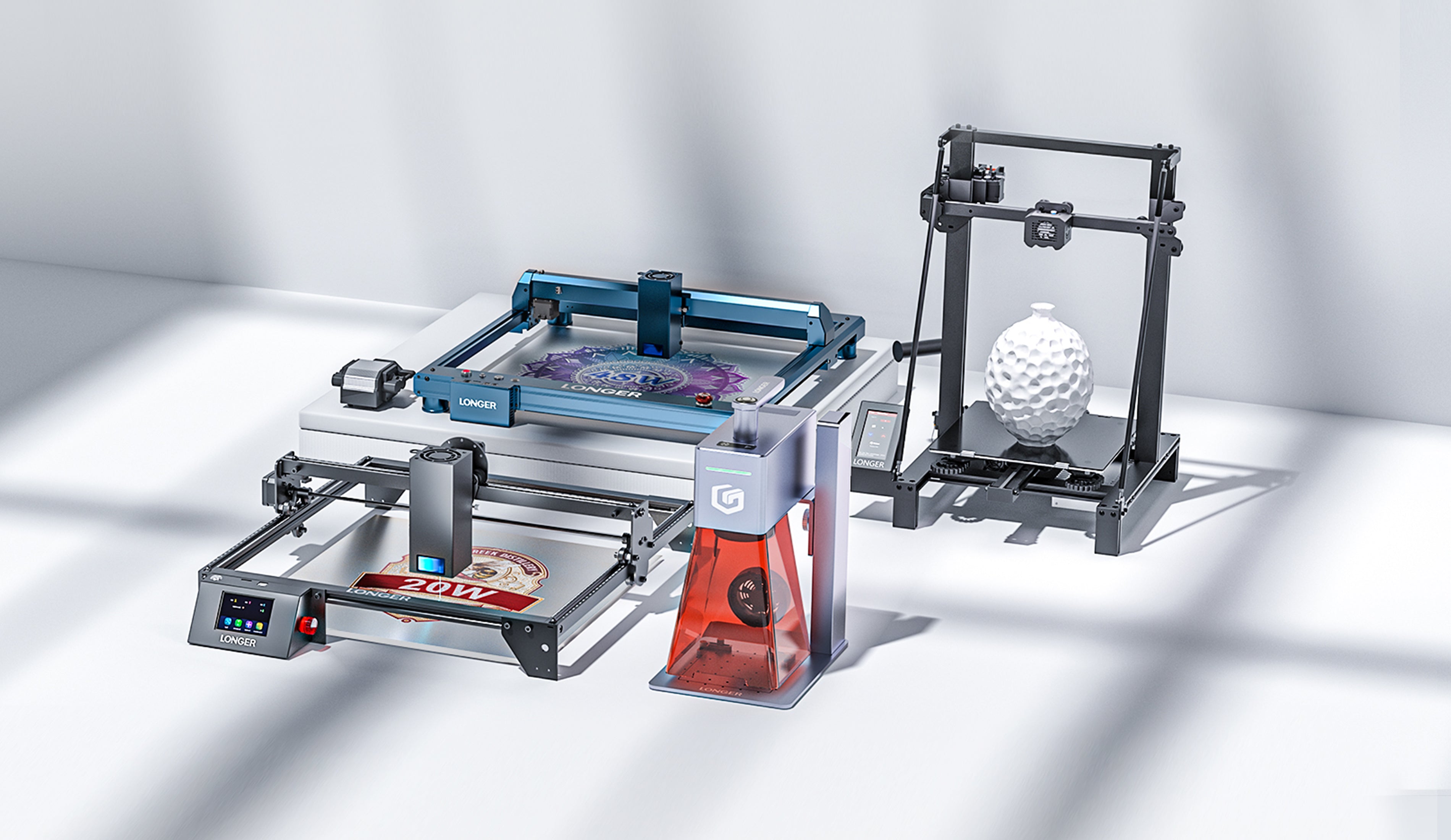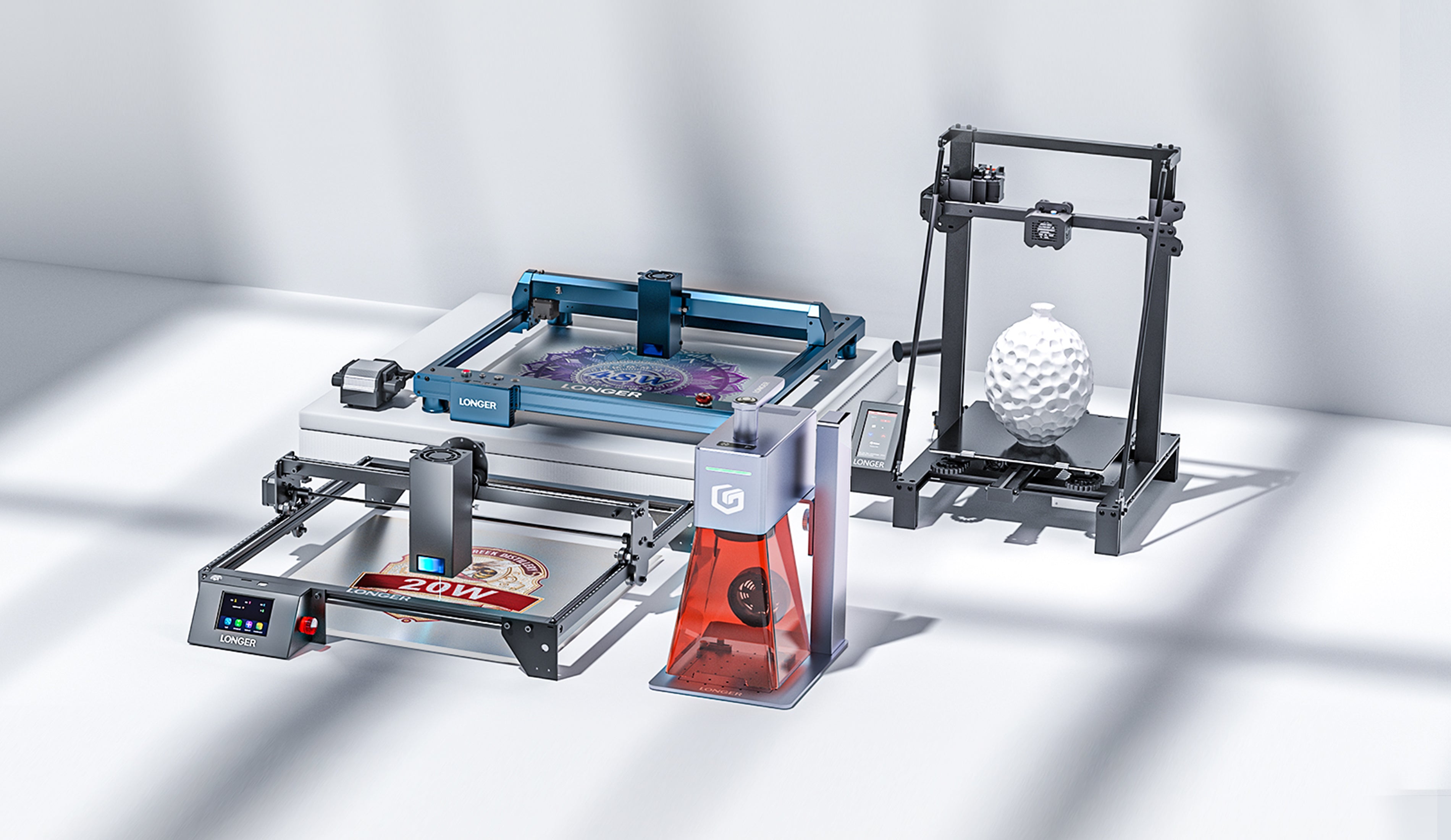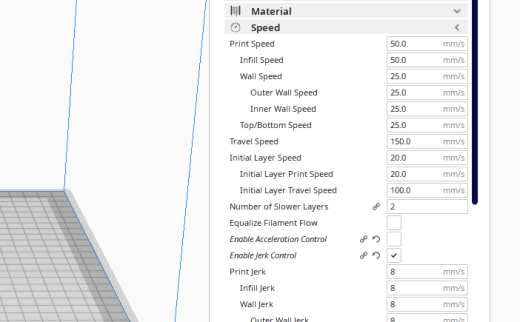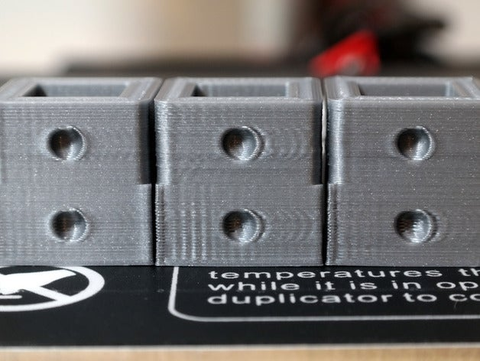Trending searches
Popular collections
Popular products
Cart ($0)
Cart ($0)





During the printing process, FDM 3D printers move axes with a certain speed set during slicing, expressed in mm/s. However, the set speed is not reached immediately, but occurs by a process of Acceleration (mm/s²) and Jerk (mm/s).
The jerk is the "instantaneous speed" reached by each axis as soon as the engine is set in motion; therefore, by setting a speed of 50 mm/s with a jerk of 10 mm/s, the printer does not immediately reach the speed of 10 mm/s and then accelerates progressively until it reaches 50 mm/s. The jerk value can be left as default set within the firmware or it can be set manually by enabling "jerk control" in the slicer settings. Depending on the jerk value you set, the printer will be able to resume more or less quickly after a pause (example: layer change, change of direction, angles, and so on), so it is recommended to use a value between 10 mm/s and 20 mm/s to get the best benefits during the printing phase. To determine the value within this more correct range to be assigned to the jerk it is possible to evaluate the angles of the prints, or if the corners are very rounded and swollen with material then the jerk must be raised, instead if the corners are very sharp and sharp then the jerk must be lowered.

Using lower or higher jerk values than recommended, these can cause different mechanical and quality problems. Especially:
* If the jerk is too high, the printer will move the axes quickly and quickly, causing oscillations and vibrations that affect the print and the structure of the printer, even causing damage to the structure for jerk values greater than 30 mm/s.
*If the jerk is too low, the printer will take much longer to finish a print, the corners will not be created of the right size and there will be vibrations and bulges wherever there has been a change of direction.
Note that the jerk is friendly referred to as an "instantaneous velocity" in mm/s, as it best represents how the axes move in the first moments of movement. However, from the physical point of view the jerk is a mathematical derivative of acceleration (which is a derivative second of the velocity) therefore it is not a true instantaneous velocity but is actually an "acceleration of acceleration" in mm/s³.
https://www.longer3d.com/products/lk5-pro-fdm-3d-printer
!
